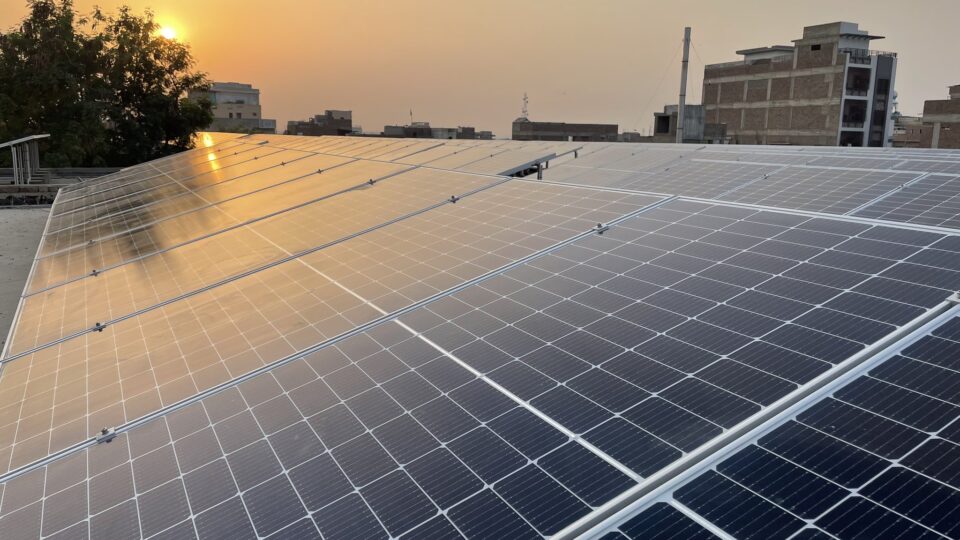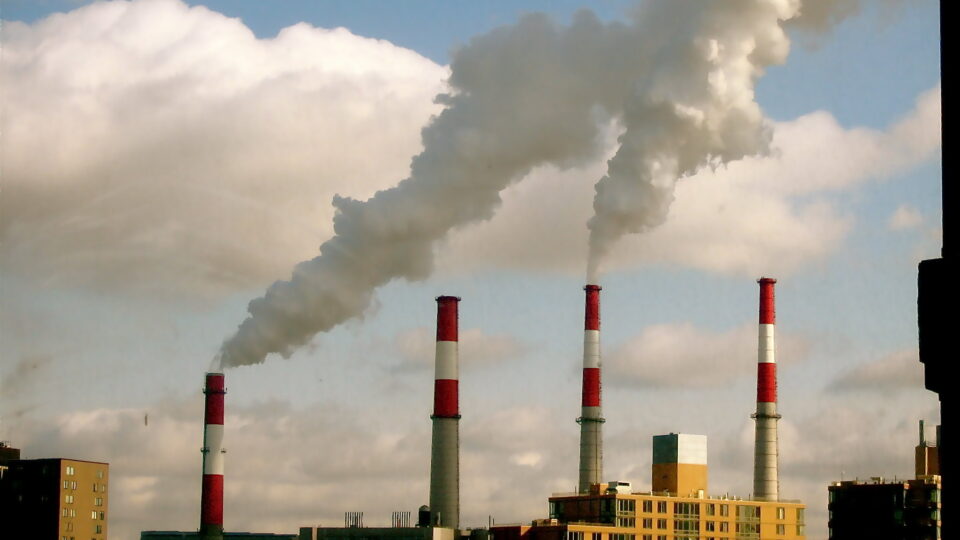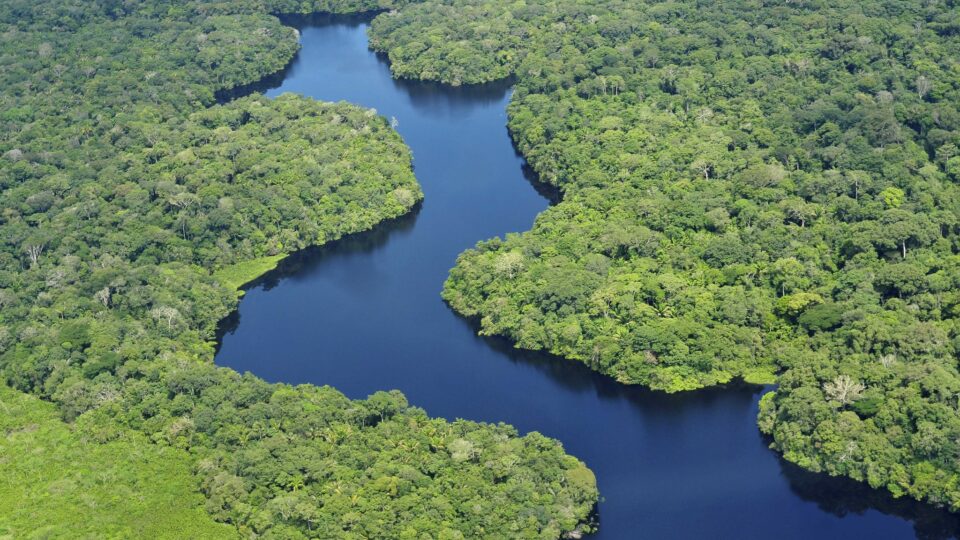Scientists from the CICERO Center for International Climate Research in Norway along with researchers at the University of Reading in the UK have analyzed how global warming can combine with normal variations in the weather to produce decades-long periods of very rapid changes involving both extreme temperatures and extreme amounts of rainfall.
Many parts of the world have already been experiencing record temperatures and extreme rainfall events. Previously, most analyses of the changing climate have focused on the global mean and not on the impact of extreme weather on specific countries.
The study made use of large climate model simulations to show that if global emissions continue on the path they have been on, large parts of the tropics and subtropics – which are home to 70% of the world’s population – are expected to experience strong rates of change in temperature and precipitation extremes over the next 20 years. But even if there is strong emissions mitigation – meaning that emissions are reduced enough to reach the goals of the Paris Climate Agreement – the expectation is that 20% of the world’s population will face extreme weather risks.
These extreme events currently account for a disproportionate share of the realized impacts of climate change. Heatwaves cause heat stress and excess mortality of both people and livestock. Extreme precipitation leads to flooding, damage to settlements, infrastructure, crops, and ecosystems, as well as to reduced water quality.
Society will be increasingly vulnerable to these extreme events, especially when multiple hazards occur at the same time.
**********
Web Links
Extreme weather to strengthen rapidly over next two decades
Photo, posted May 20, 2024, courtesy of Dale Cruse via Flickr.
Earth Wise is a production of WAMC Northeast Public Radio



















